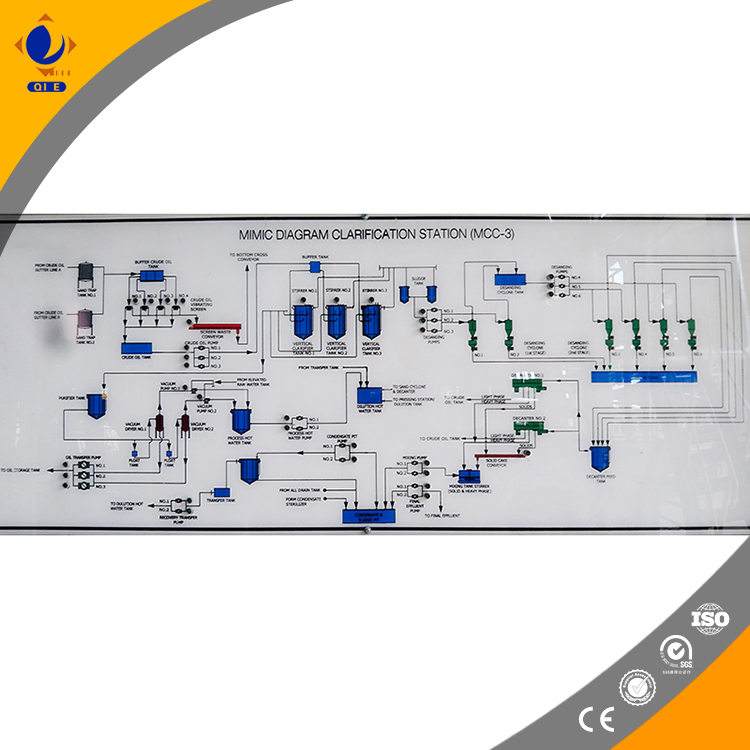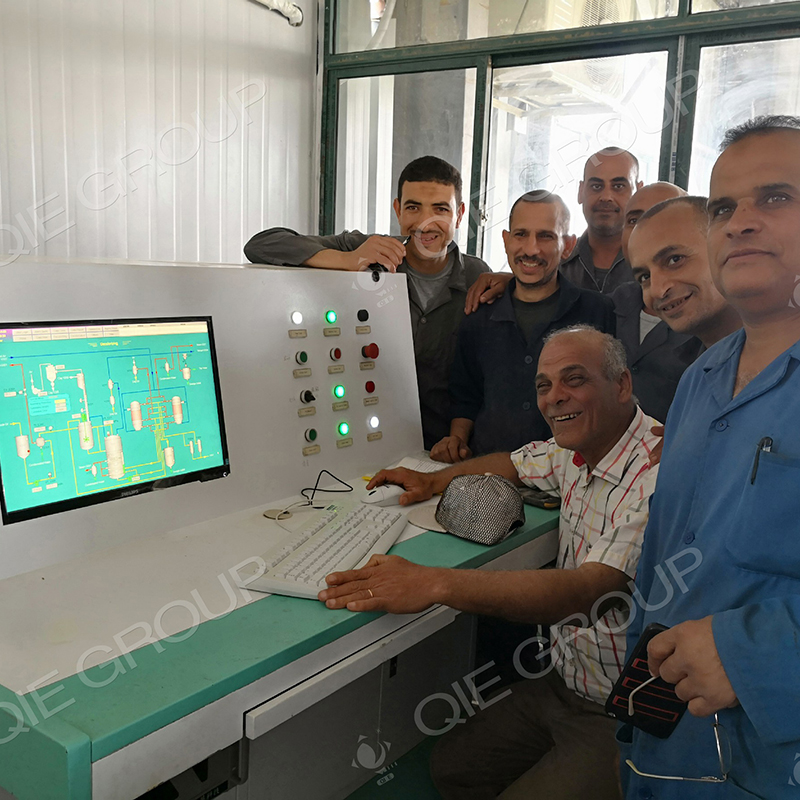
As a manager or operator of a small to medium-sized oil production plant, you understand the critical role that your oil press plays in the overall production process. A well-maintained and efficiently operated oil press can significantly reduce production costs, improve oil quality, and increase overall productivity. In this article, we'll provide you with a comprehensive guide to operating and maintaining your automatic multi-functional oil press, focusing on the entire process from startup preparation to post-shutdown procedures.
Before starting the oil press, it's essential to conduct a thorough inspection to ensure everything is in proper working condition. Here are the key steps:

Once the startup preparation is complete, you can start the oil press. During the operation, it's crucial to monitor the key indicators to ensure the smooth running of the equipment.
Gradually feed the oilseeds into the hopper at a uniform rate. Avoid overfeeding, as it can cause blockages in the pressing chamber. Monitor the pressing pressure and temperature. The pressure should be maintained within the recommended range to ensure efficient oil extraction.
Regularly check the filtration system to ensure that the oil is being filtered effectively. A clogged filter can lead to a decrease in oil quality. Monitor the flow rate of the oil and the temperature of the filtered oil. The temperature of the filtered oil should be below 60°C to prevent oxidation.
Periodically inspect the key components of the oil press, such as the screw conveyor, the pressing chamber, and the motor. Look for signs of wear and tear, such as cracks, deformation, or excessive vibration. Replace any worn-out parts immediately to prevent further damage.
Oil Quality Degradation: If the oil quality decreases, check the filtration system for blockages. Also, ensure that the pressing temperature and pressure are within the recommended range. A high pressing temperature can cause the oil to oxidize and degrade.
Motor Overheating: If the motor overheats, check the ventilation system to ensure that it's working properly. Also, check the motor's load. An overloaded motor can cause overheating. Reduce the feeding rate if necessary.
Fluctuation in Oil Yield: If the oil yield fluctuates, check the moisture content of the oilseeds. The moisture content should be within the recommended range for optimal oil extraction. Also, check the pressing parameters, such as the pressure and temperature.
After the oil extraction process is complete, follow these steps to shut down the oil press safely:

Regular maintenance is the key to ensuring the long-term performance and reliability of your oil press. Here is a maintenance cycle table:
| Maintenance Item | Frequency | Details |
|---|---|---|
| Cleaning | Daily | Clean the feeding hopper, pressing chamber, and filtration system to remove residual oilseeds and oil. |
| Lubrication | Weekly | Check and refill the lubricating oil in the lubrication system. |
| Wear Part Replacement | Monthly | Inspect and replace worn-out parts such as the screw conveyor and the pressing chamber liner. |
| Electrical System Inspection | Quarterly | Check the electrical connections, insulation resistance, and the functionality of the control panel. |
Monitoring the energy consumption of the oil press can help you identify energy-saving opportunities. Here are some tips:

Do you have any questions about operating or maintaining your oil press? Leave your questions in the comments section below, and our experts will provide you with answers.
If you're interested in learning more about the Penguin Group's high-quality, energy-efficient oil presses, click here to explore our product range.

